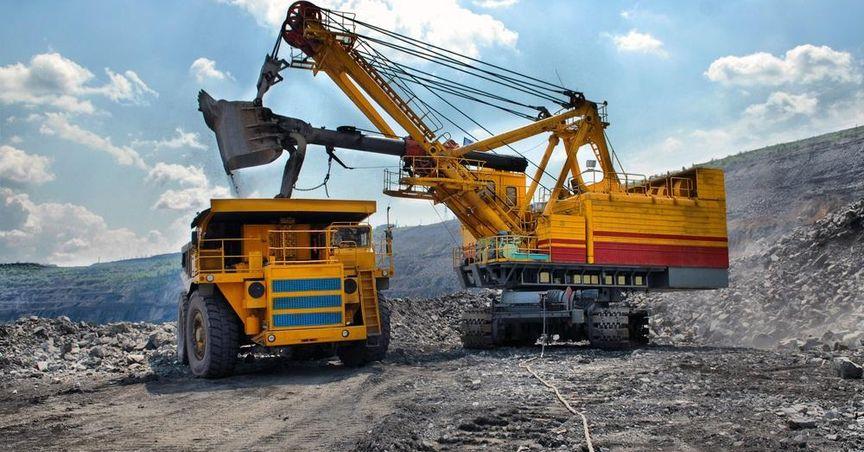Highlights
- BHP and QBE show strong financial fundamentals in 2025
- Both stocks exhibit appealing dividend profiles for income-focused portfolios
- Global operations and sector strengths drive long-term prospects
As we progress through 2025, investor interest remains high in blue-chip companies with strong global footprints. Among the leaders on the Australian Securities Exchange (ASX), BHP Group Ltd (ASX:BHP) and QBE Insurance Group Ltd (ASX:QBE) continue to capture attention, particularly for those seeking robust ASX dividend stocks.
BHP Group in 2025
BHP Group, a well-known global mining and resource conglomerate, has seen its share price decline by 4.4% year-to-date. Founded in 1885, the company operates across copper, iron ore, coal, and increasingly in fertiliser production. Despite short-term fluctuations in share price, BHP continues to showcase its status as a diversified and resilient business.
Key financial metrics from FY24 underscore its strength. The debt/equity ratio sits at 45.3%, indicating financial stability with more equity than debt. The company also reported a return on equity (ROE) of 19.7%, which comfortably exceeds the 10% benchmark commonly sought in mature businesses. Over the past five years, BHP has maintained an average dividend yield of 6.9% annually, aligning it with income-generating ASX dividend stocks.
For those looking to track performance relative to broader indices, BHP remains a significant contributor to the ASX200, cementing its position among Australia's top listed entities.
QBE Insurance Group Outlook
QBE Insurance, another established name originating in the late 1800s, has evolved into a global insurance powerhouse operating in 27 countries. Its share price is currently just 5.0% below its 52-week high—a sign of market confidence.
As of CY24, QBE reported a debt/equity ratio of 27.0%, further reflecting a sound capital structure. It delivered an ROE of 17.2%, suggesting effective use of shareholder capital. Although its average dividend yield of 2.8% since 2019 is lower than BHP's, it still appeals to investors seeking steady income.
With approximately 70% of revenue coming from outside Australia—mainly the United States and Europe—QBE's geographical diversification serves as a cushion against regional economic shifts.
Final Thoughts
BHP and QBE each bring unique strengths to the table—BHP with its commodity-driven scale and dividends, and QBE with its international insurance reach and stable capital metrics. In a year where global dynamics and interest rate movements play a crucial role, both companies stand out as noteworthy players in the ASX200 landscape.



